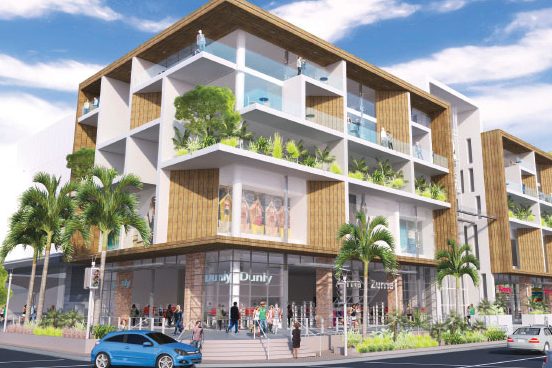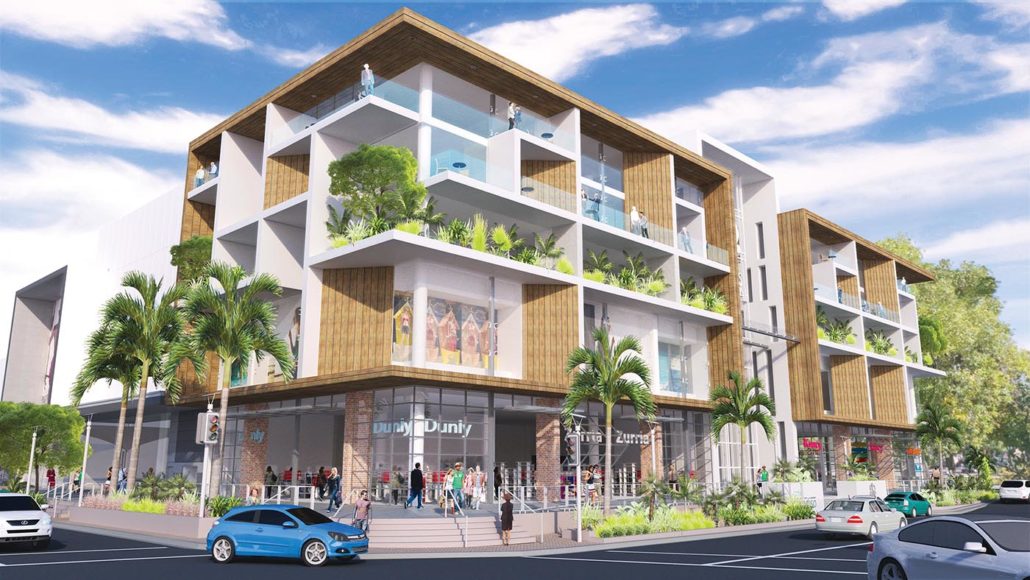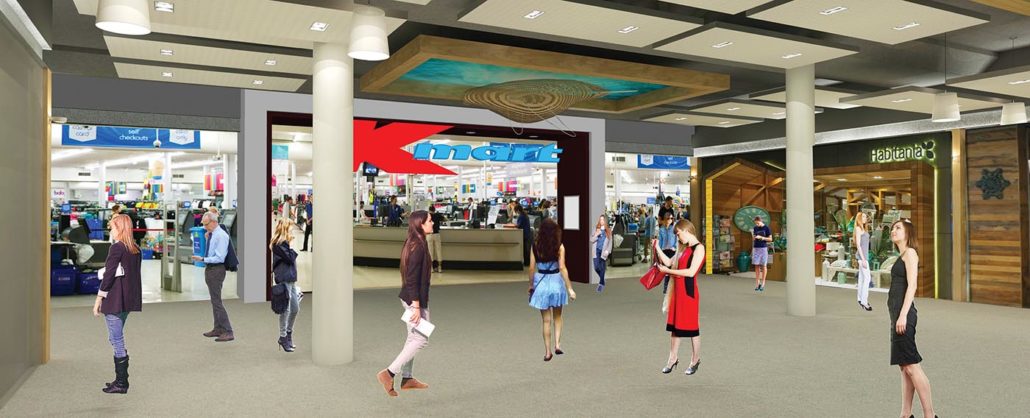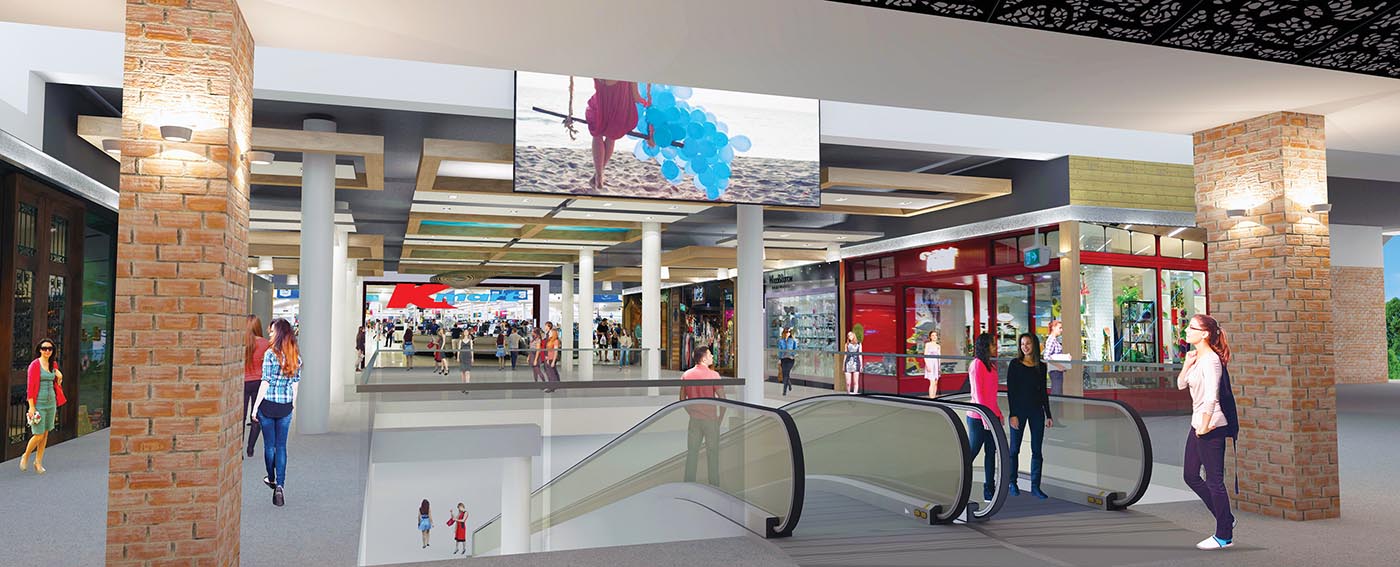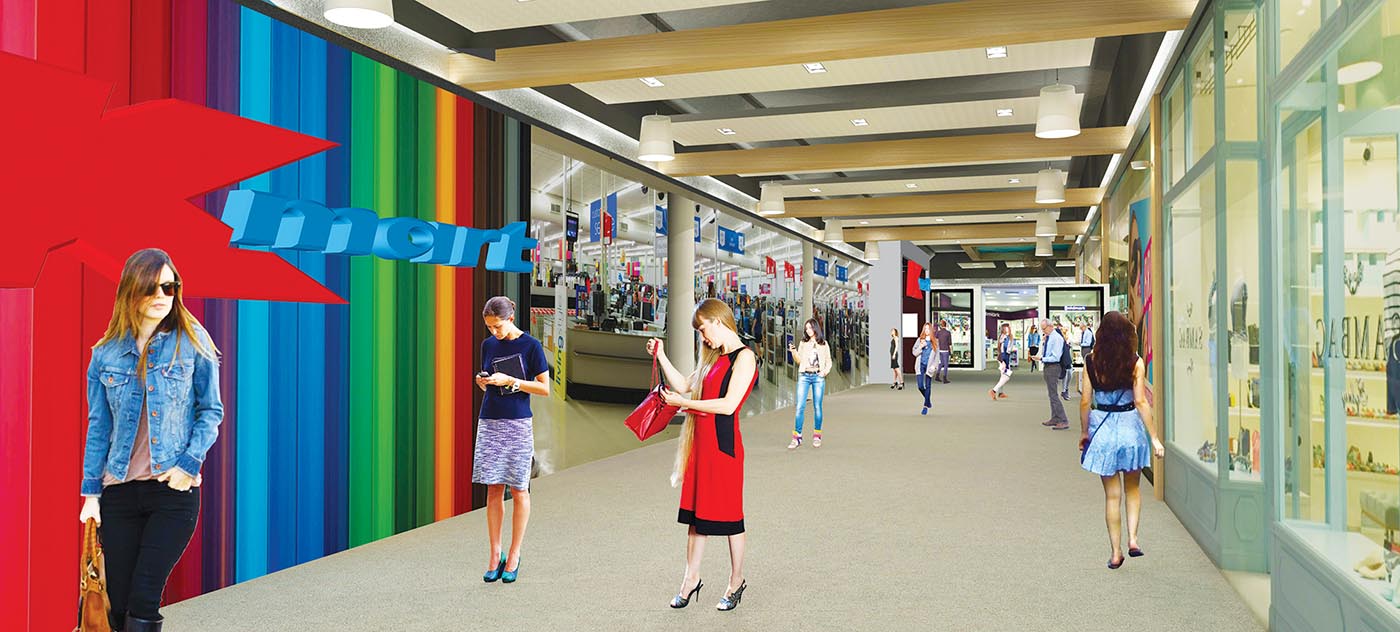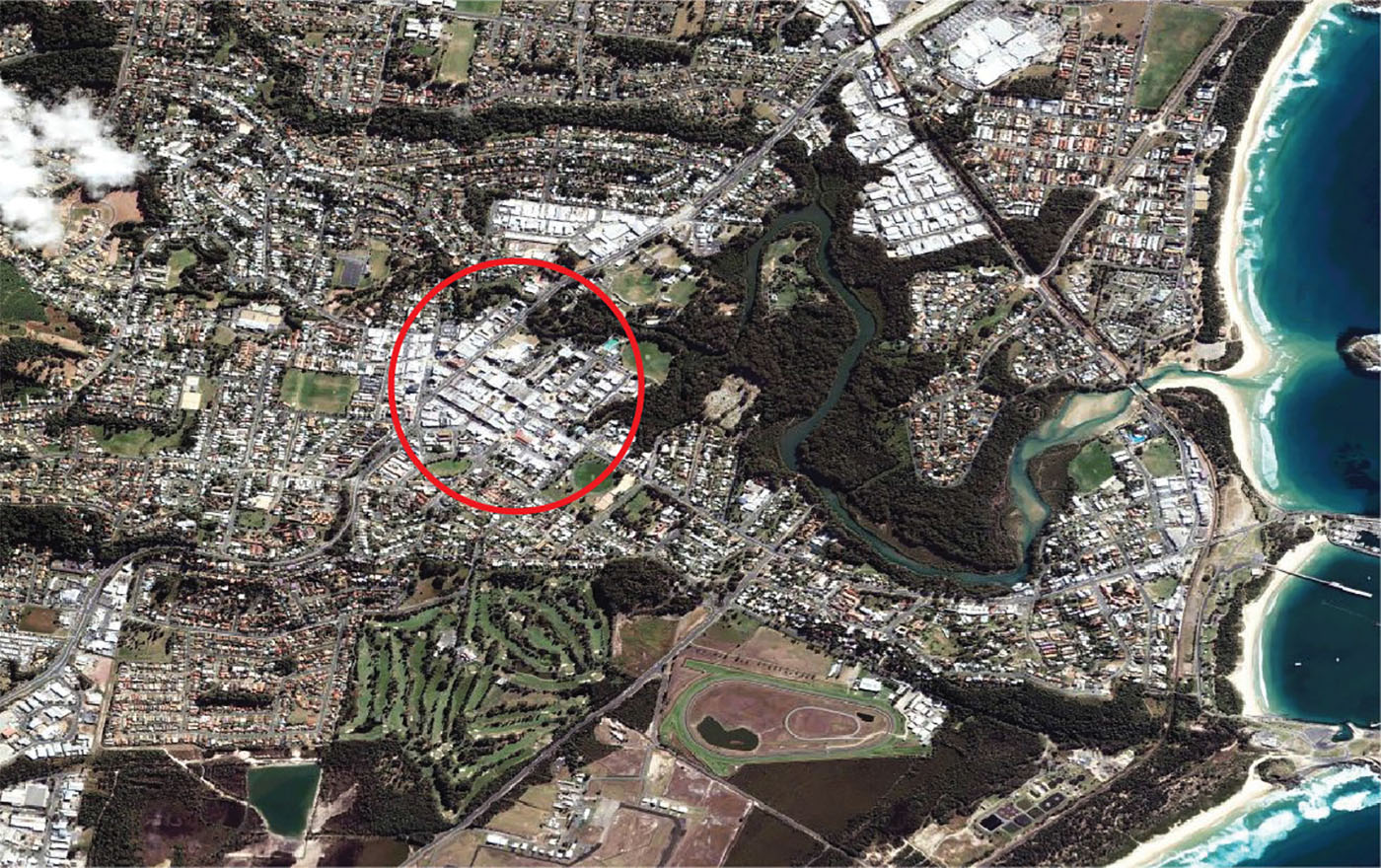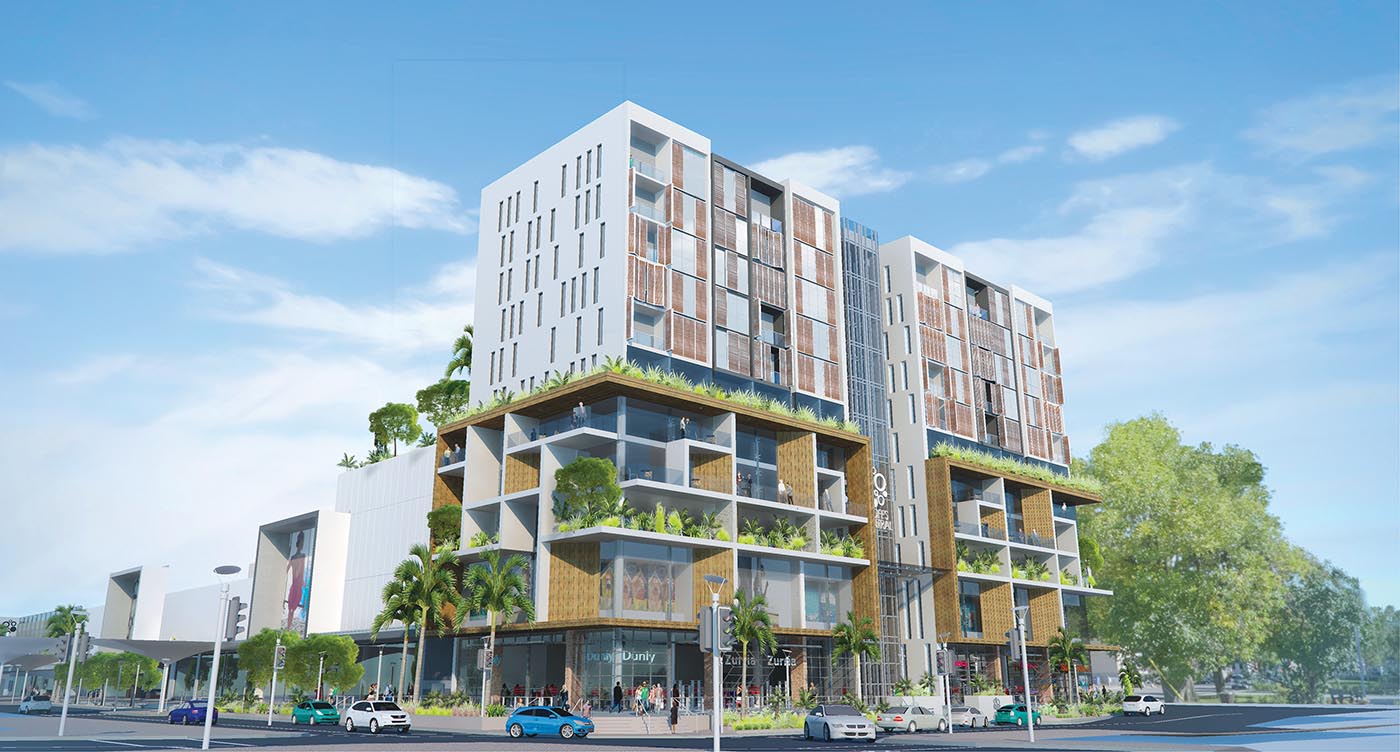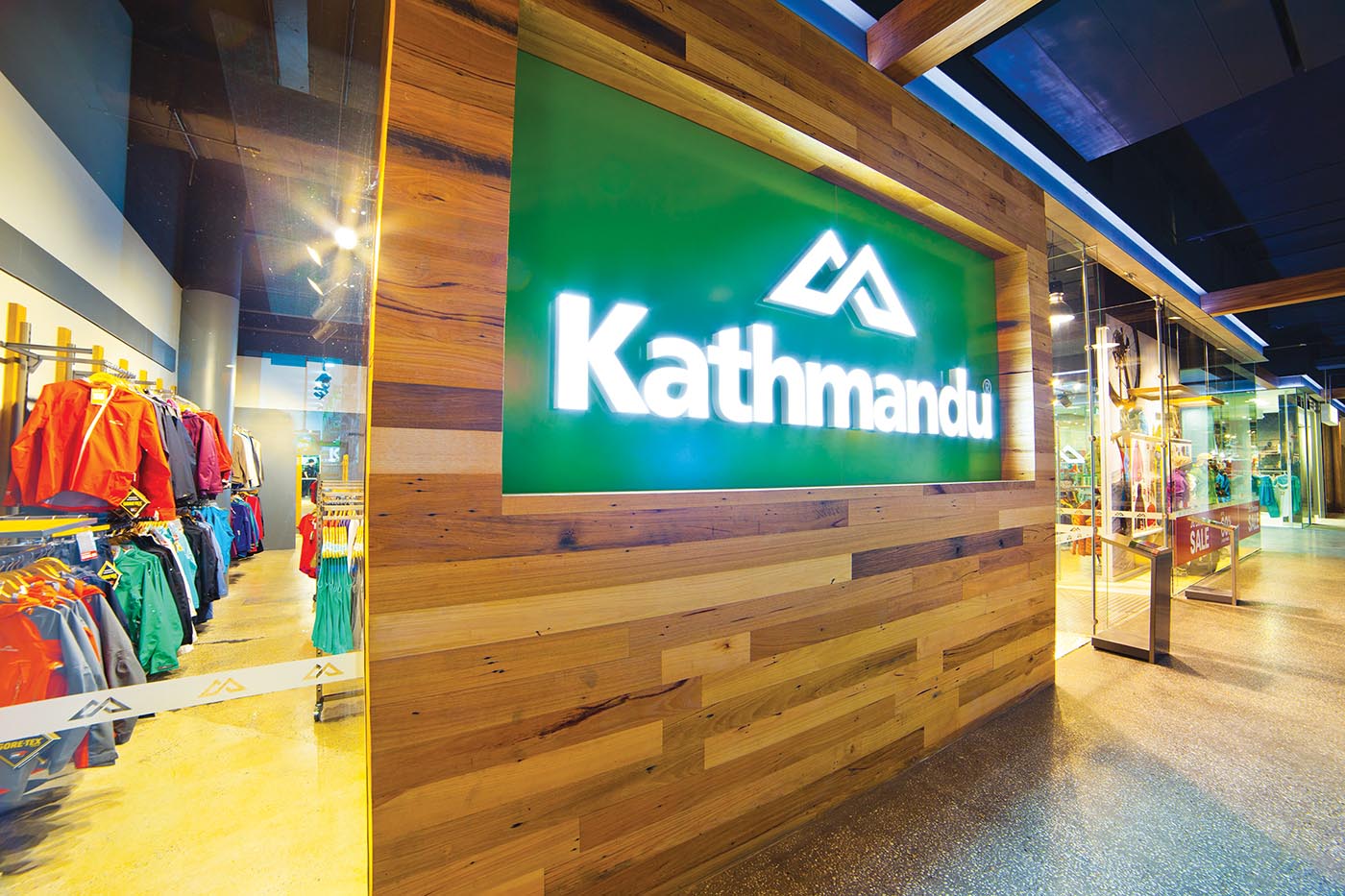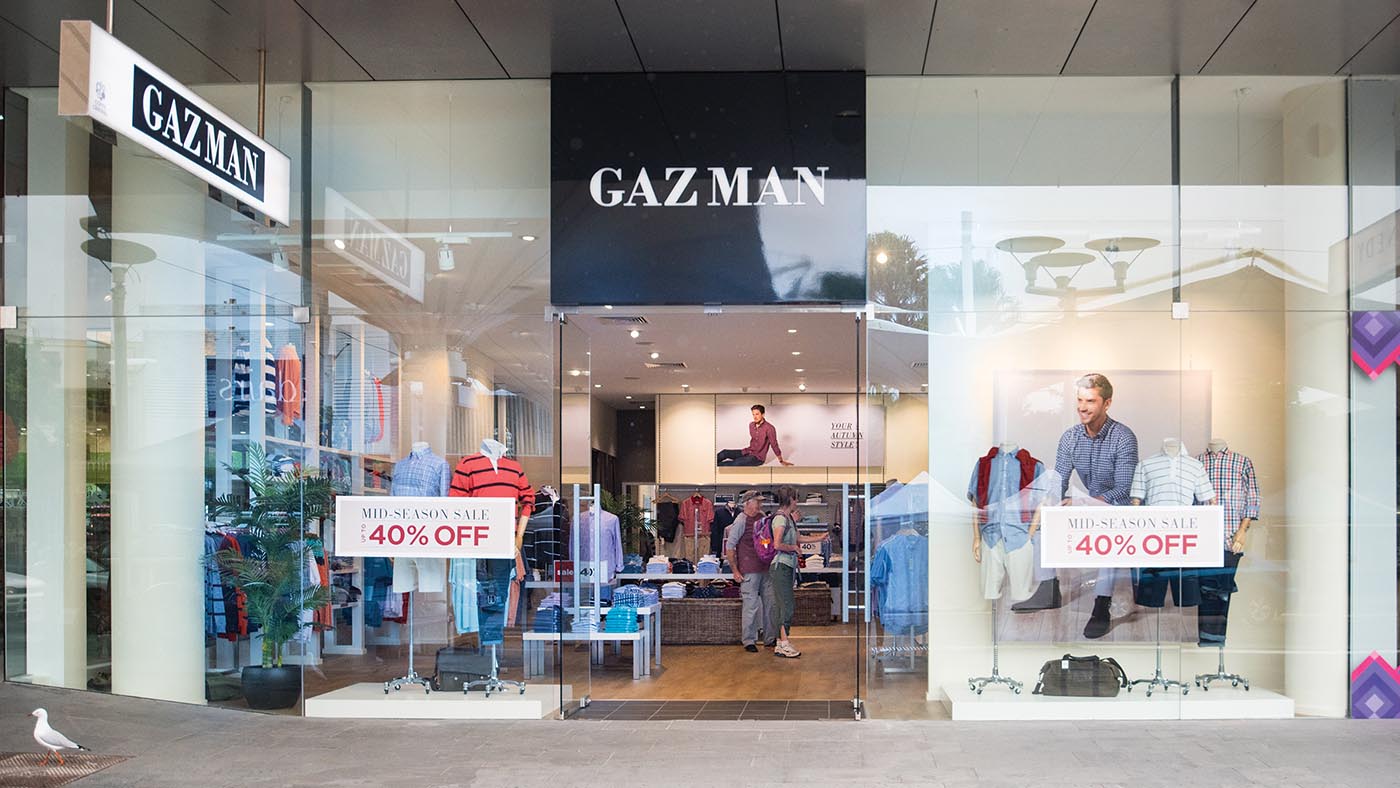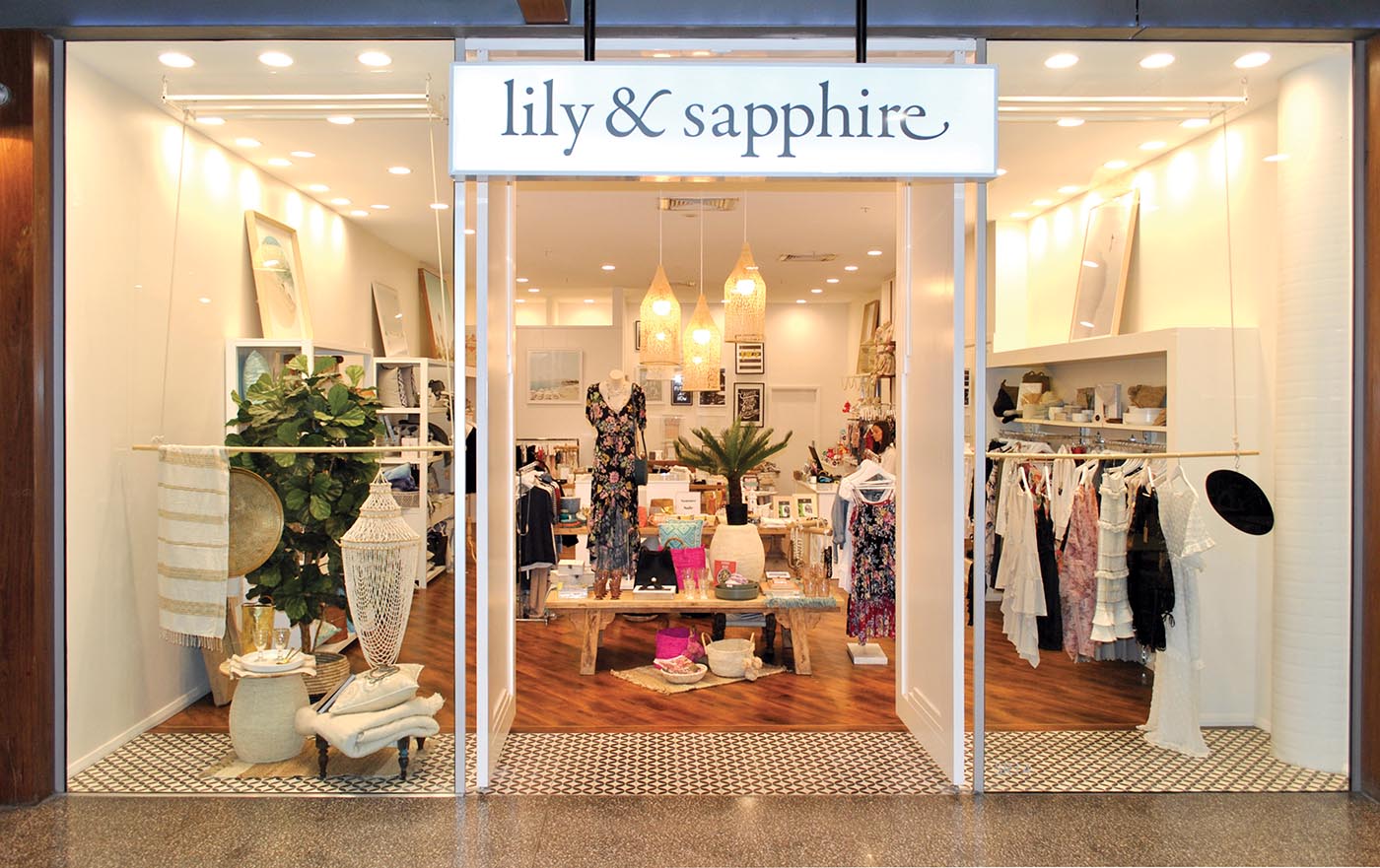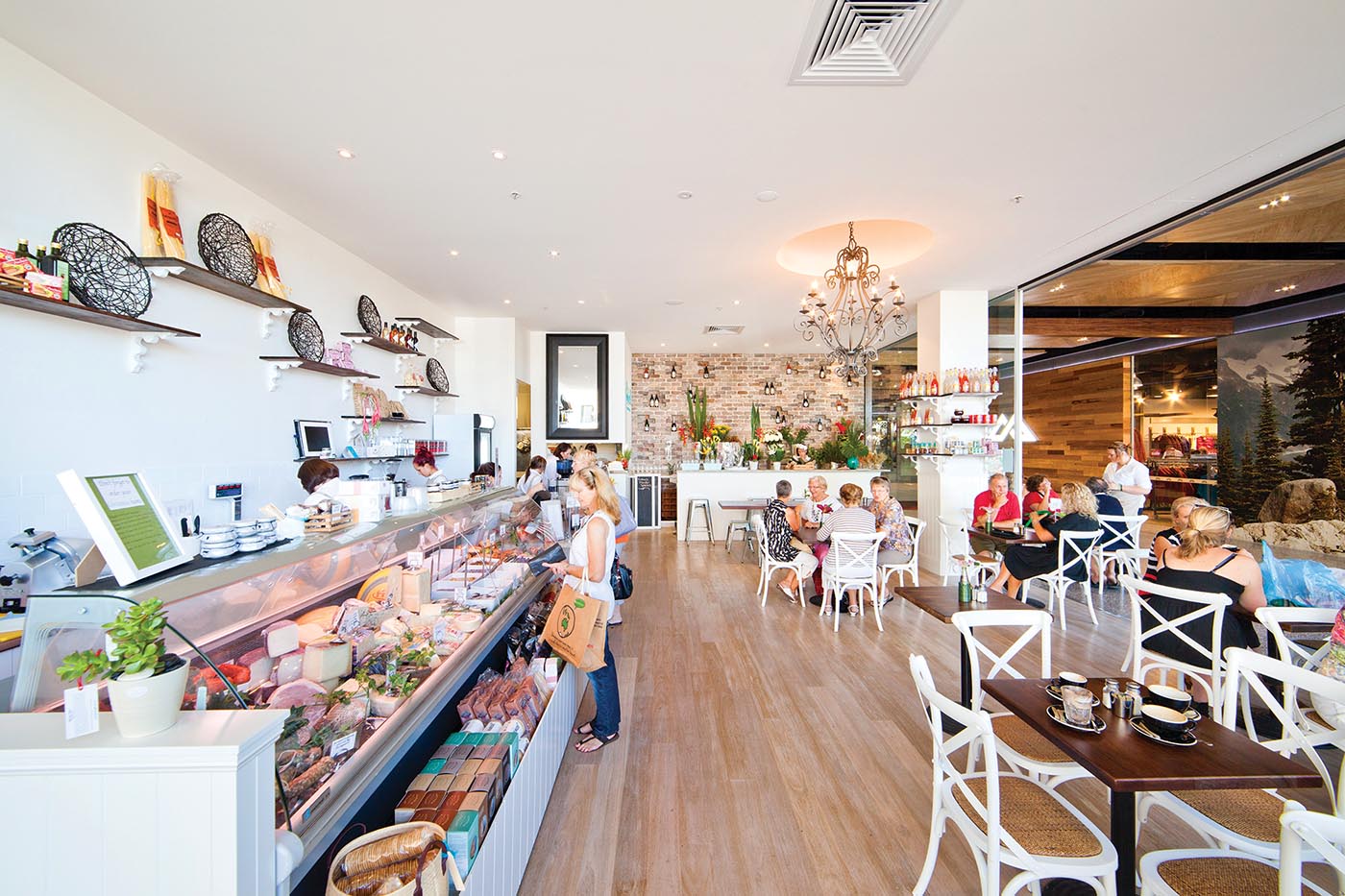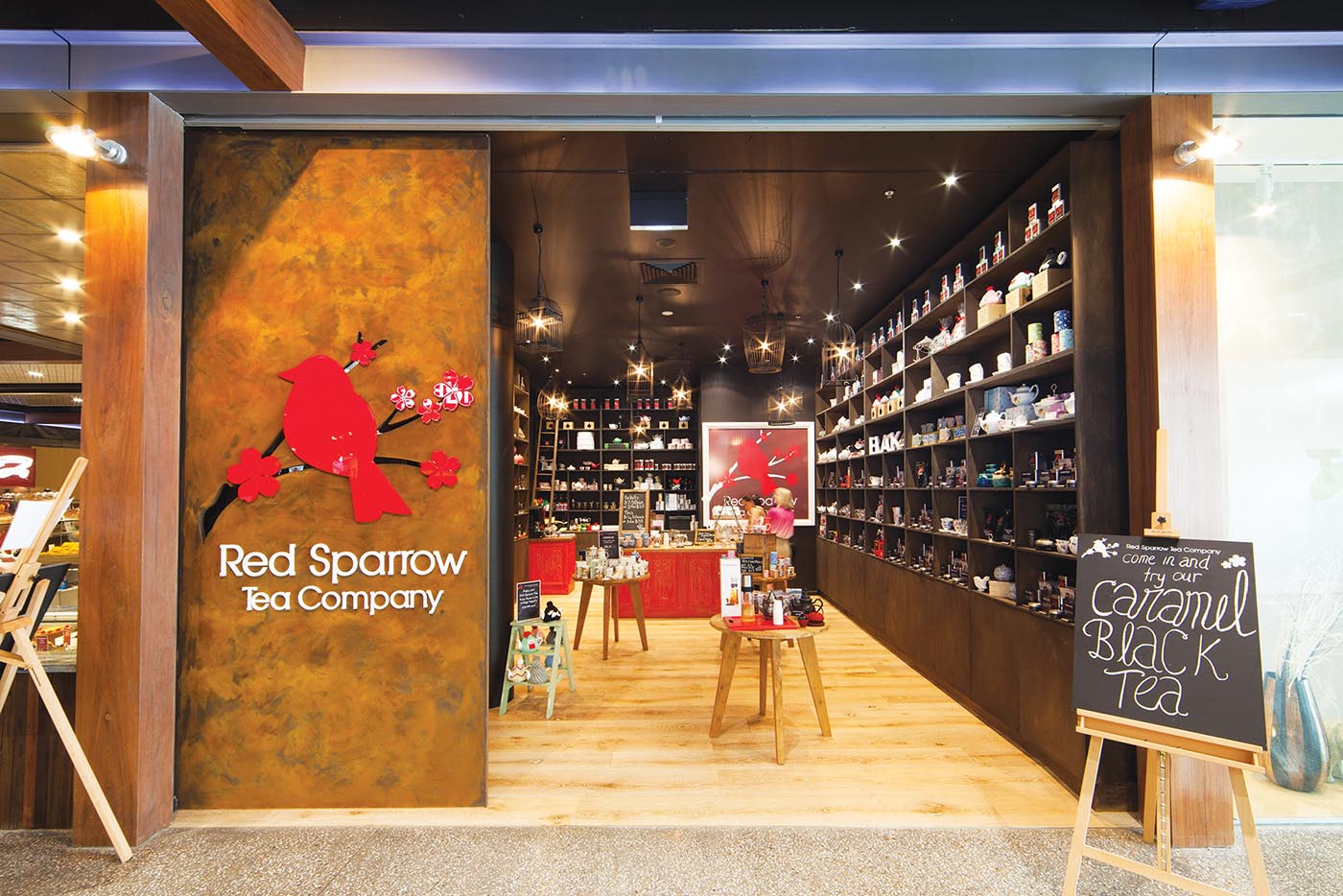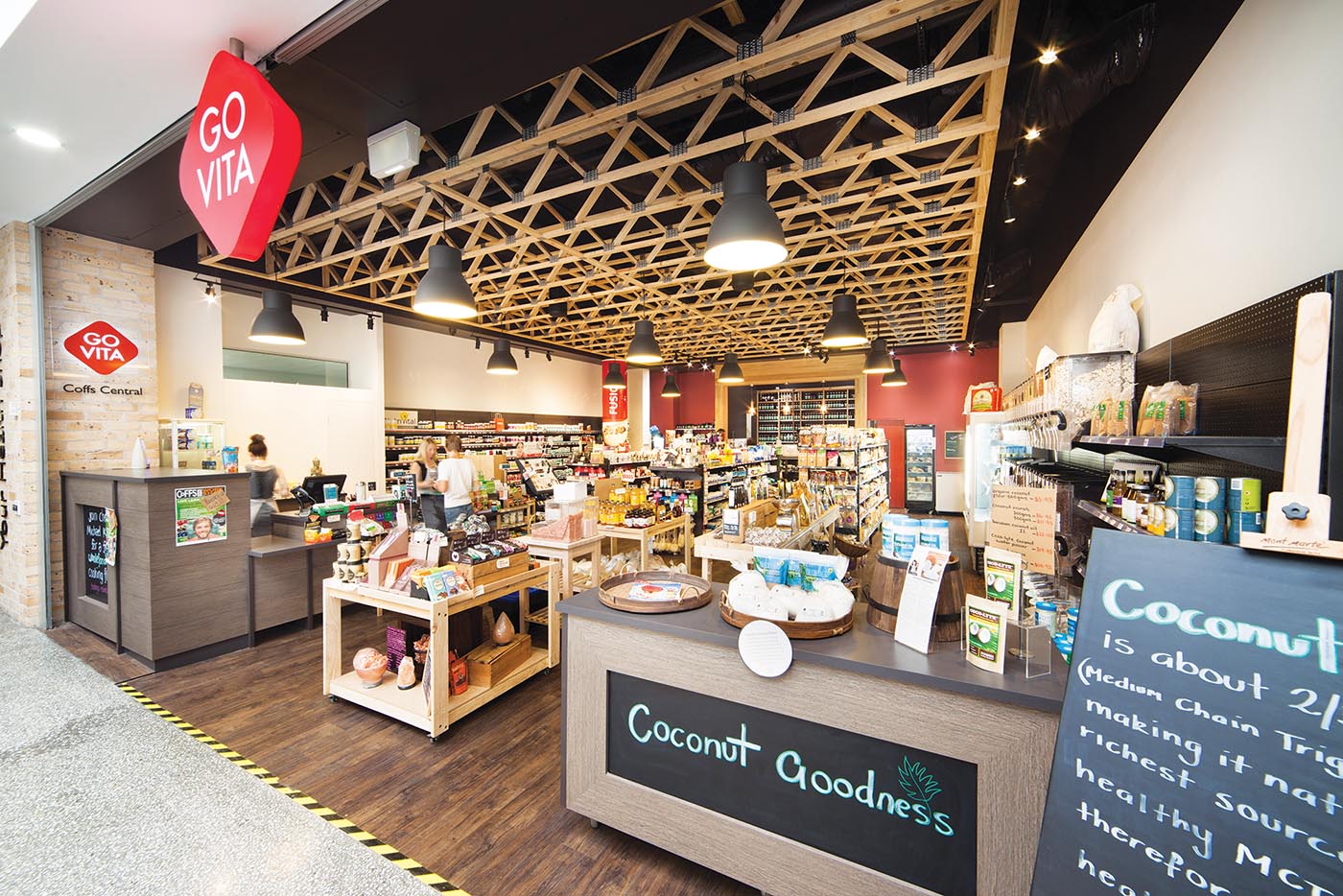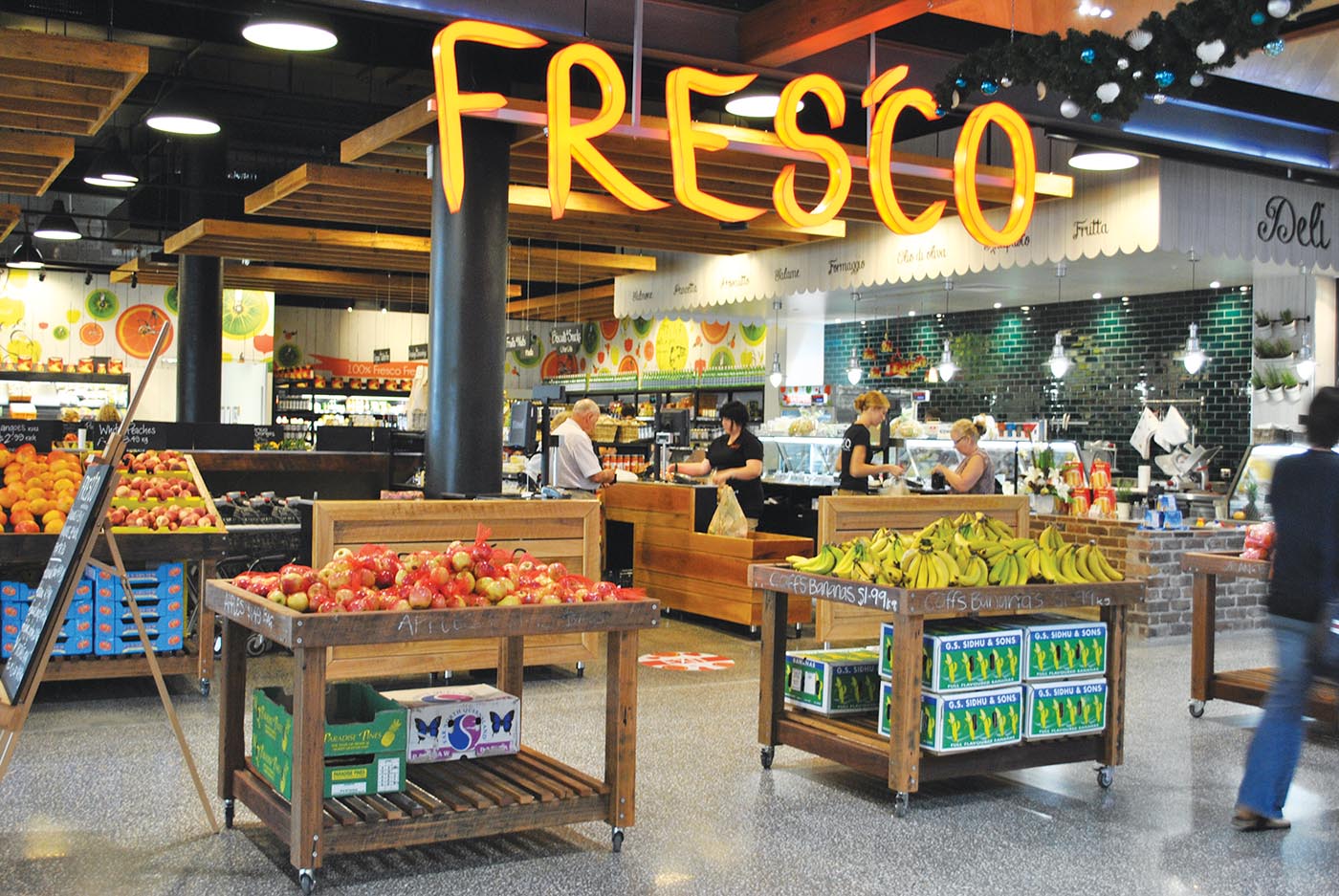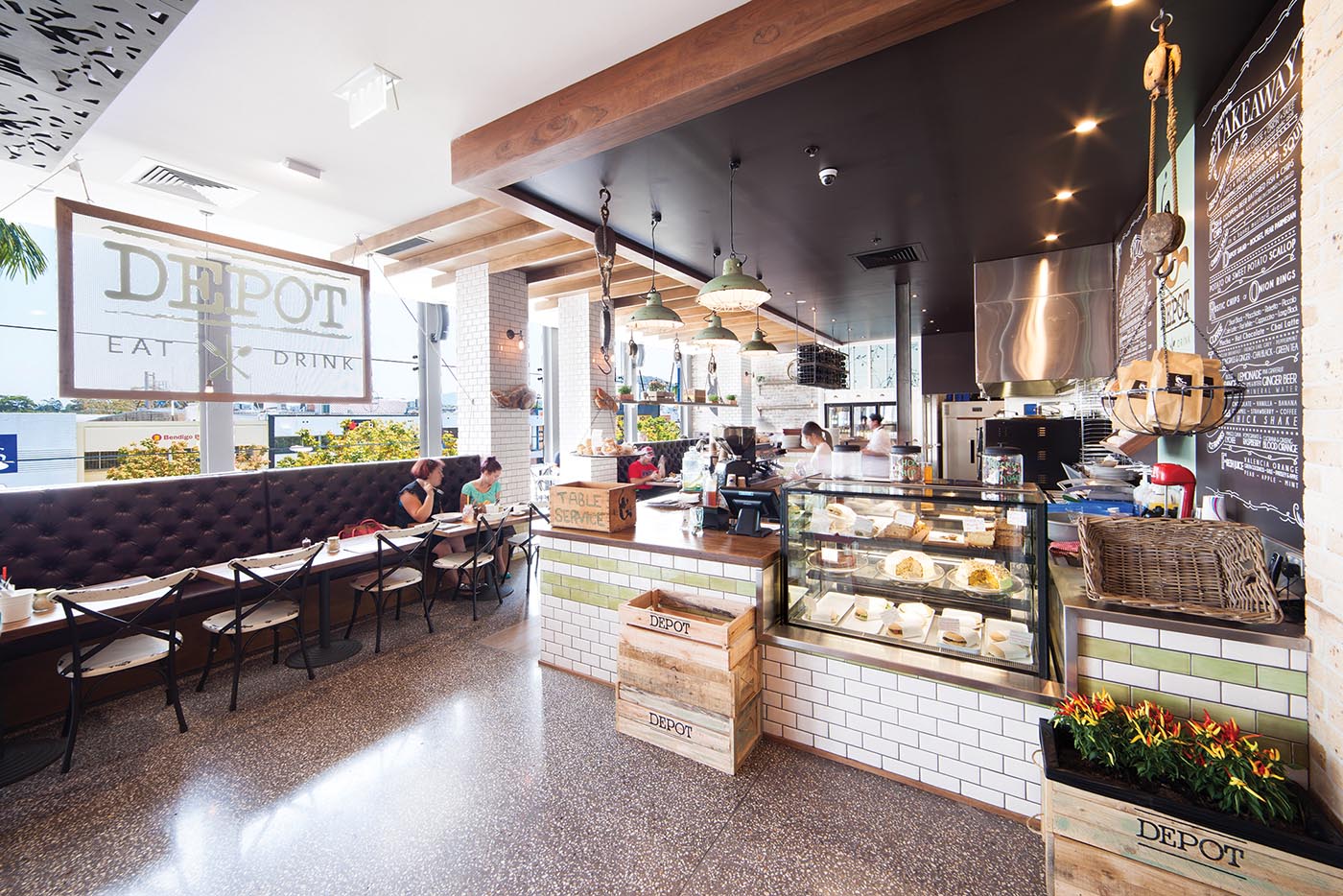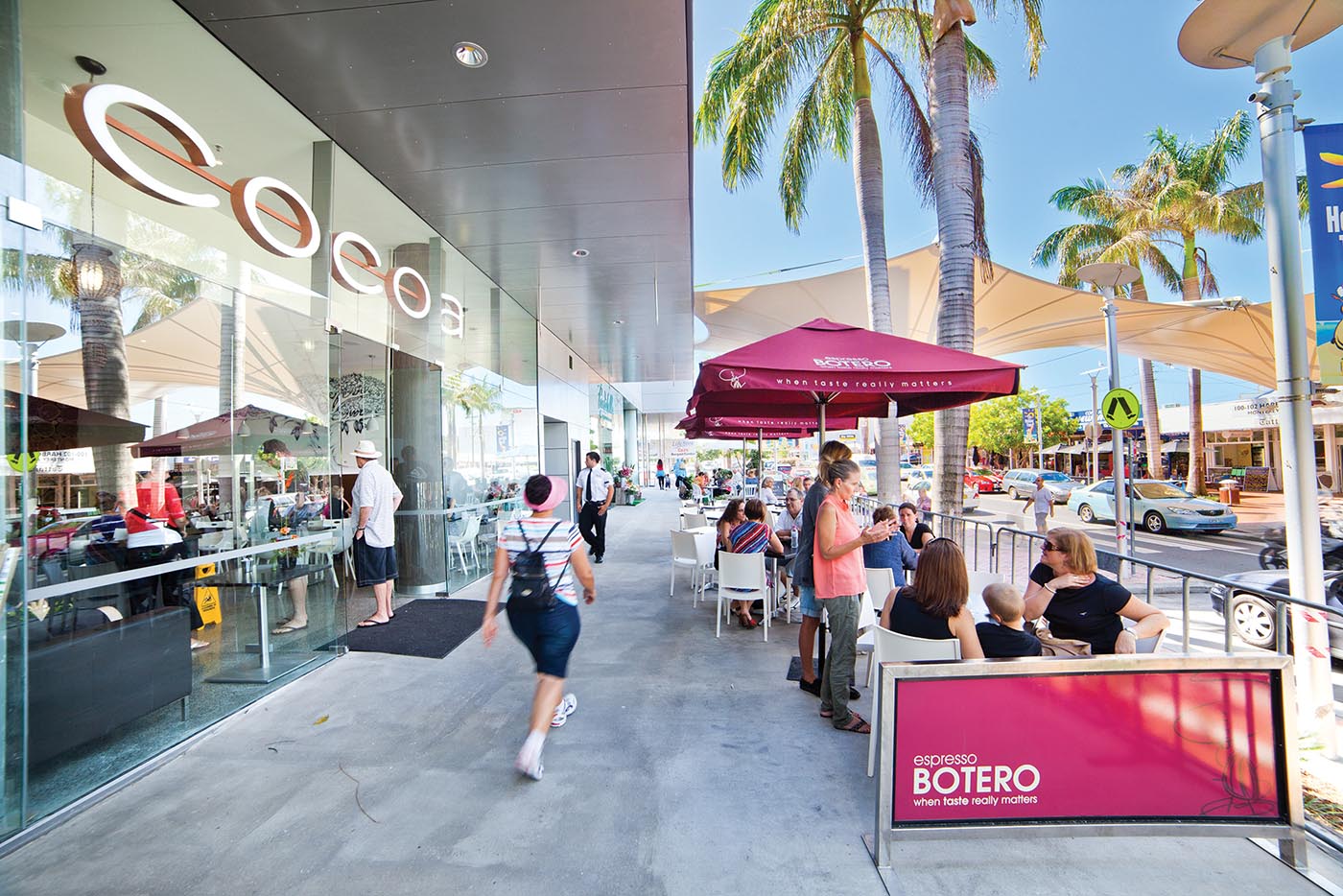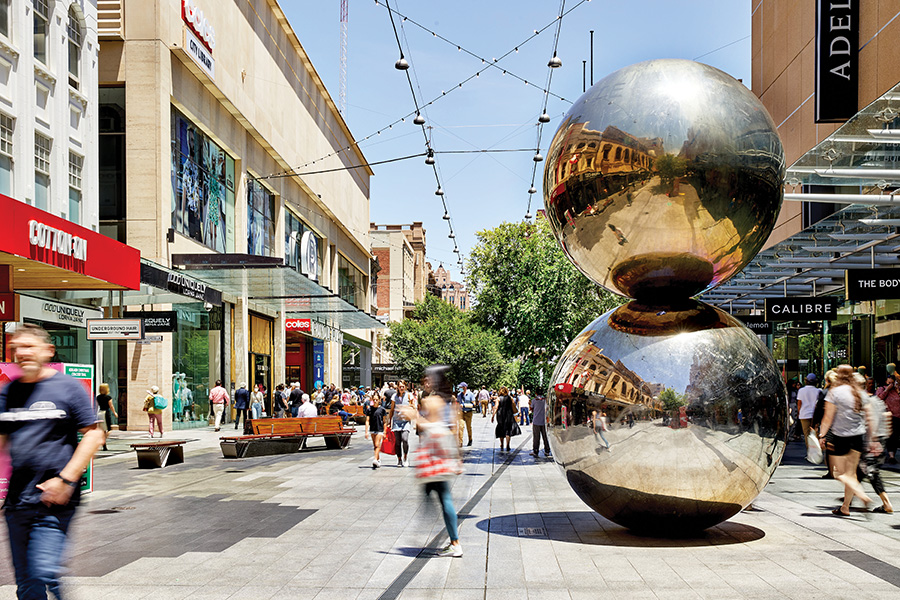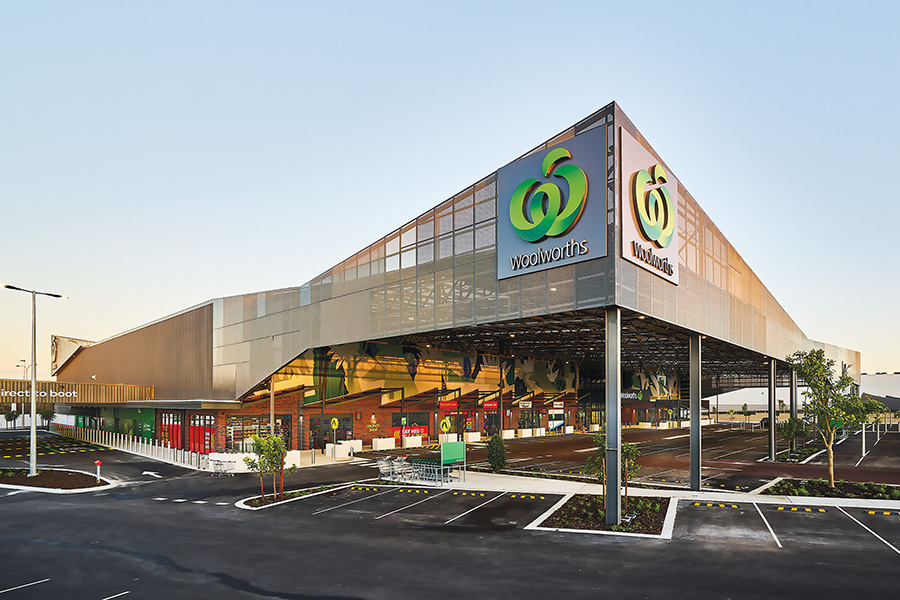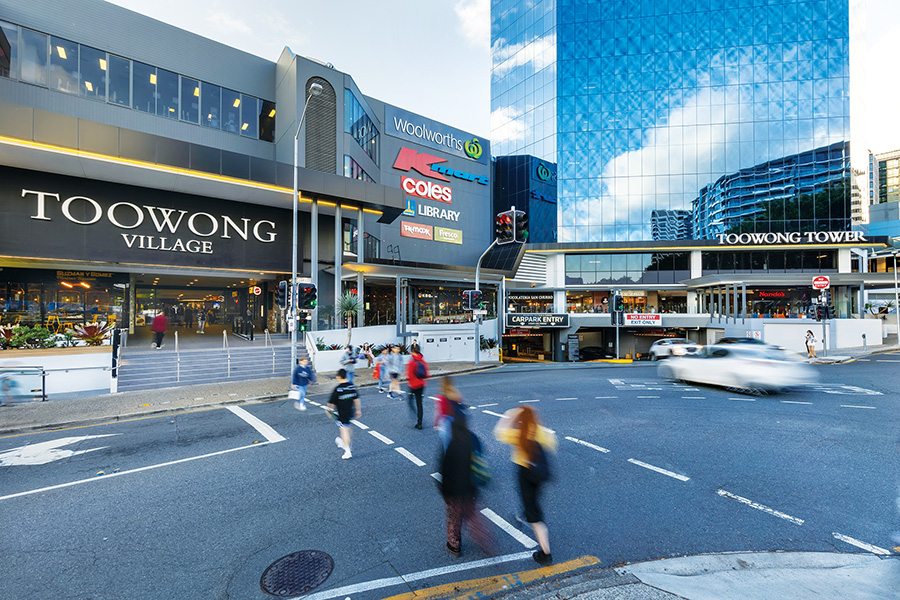Gowings, one of Australia’s oldest listed companies (147 years), has a division called Pacific Shopping Centres. One of their flagship assets is Coffs Central.
It’s a really interesting case study in centre repositioning. On acquisition, the centre was a somewhat dull sub-regional; Gowings have repositioned it as the major retail entity of the downtown area in Coffs. It’s a dynamic, vibrant and sophisticated centre which has been a major influence on the regeneration of the city centre.
The City of Coffs Harbour has a new ‘downtown’. Coffs Central is at its epicentre.
Coffs Central is part of ‘Pacific Coast Shopping Centres’, the umbrella brand name for the Gowings group of shopping centres. They may not be one of the major shopping centre players in Australia but their redevelopment strategy for Coffs Central – their approach, masterplanning and execution – has lessons for us all.
We featured Coffs Central a few years ago; back then it was looking to reposition itself. It’s worthwhile backtracking a bit because this is a story of a centre’s evolution and, to fully understand the present, knowledge of the past is assistive.
Coffs Harbour sits on the NSW coastline some 530 kilometres north of Sydney, roughly two thirds of the way to the Queensland border. It’s a leisurely six-hour drive passing Newcastle and Port Macquarie, or you could take a flight and you’d be there in an hour or so.
Coffs Harbour has a diversified economy based on the traditional sectors of Health Care and Social Services, Education and Training, Manufacturing, Tourism, Retail and Agriculture. According to the CSIRO, Coffs Harbour has the most liveable climate in Australia; it’s nestled between a high mountain backdrop and literally dozens of unspoilt beaches. It’s one of the fastest-growing and most dynamic areas within regional NSW, a designated major regional centre – the first to be covered by the NBN and one of Australia’s most recognised visitor destinations.
- Interior shows the Kmart court at the centre of level 2.
Coffs Harbour has a population of around 80,000, but take in some of the surrounds and the city serves the major retail needs of a population knocking on the door of 100,000. It’s the only city between Grafton to the north (90km) and Port Macquarie to the south (160km) and it identifies with myriad small communities along the coast and those inland. Visitor population is in excess of 1.6 million annually, and Coffs Harbour is one of the Top 10 tourist destinations in Australia.
Coffs Central shopping centre has an interesting history. Back in the early 1980s, Coffs Harbour had already established itself as a holiday destination for people to its south, Sydney included. It was a time when young professionals looking for a ‘sea change’ moved in. Some well-heeled retirees and semi-retirees had already found it, and gradually pockets of sophistication were emerging; the idyllic climate and iconic surrounding beauty of the coastline and hinterland was a magnet for those seeking an alternative lifestyle – an oasis away from the hustle and bustle of the city. At that time, Australia was ‘flavour of the month’ for Japanese property investors and they’d already indicated their desire for property on the NSW North Coast; Coffs Harbour fitted the bill.
On the main street of Coffs Harbour, Alan Bond consolidated a site that included the old Walton’s store and several other business properties. Leda Holdings bought it and developed the ‘Palms Shopping Centre’, a major sub-regional that opened in 1986 with a Coles supermarket as the ground floor anchor and a Big W on the upper floor. In 1988 the centre passed to the Commonwealth Bank who sold it to the Hunter Group in 2002. AMP purchased it in 2005.
But it was never really an AMP centre. It didn’t fit their portfolio; it was something of a square peg in a round hole and, as Coles announced it would be leaving the centre in 2013 on lease expiry (coupled with the fact, the Fund that held the centre was about to terminate), the ‘Palms Shopping Centre’ was sold to Gowings in 2011.
So in a space of less than 30 years, the land and then the shopping centre had experienced five different owners. But the sixth was different in two distinct ways. Firstly, Gowings had retail in their blood: the phrase ‘Gone to Gowings’ had been an Australian idiom voiced over three centuries, and the Gowings Department Store had dominated the Sydney retail scene since 1868. Secondly, Gowings was a ‘long-term’ player totally focussed on the acquisition; the centre represented no ‘quick-fix’ opportunity, no short-term ‘in and out’ strategy, neither was it a bit part of a larger plan. The centre was a major asset, a significant component of the company’s holdings.
So the shopping centre, renamed ‘Coffs Central’, was about to receive the sort of attention it had never before experienced.
- Presently the escalators have a blank wall behind them – Big W. The space is reconfigured so the Kmart entrance is now a major feature flanked by specialty retail.
The new name ‘Coffs Central’ is perhaps the most succinct description of the overall strategy adopted for the centre by Gowings from the very beginning.
When first developed, shopping centres were boxes with the action ‘inside’ the box. The ‘Palms Shopping Centre’ conformed to that architectural principle; it was a box on Coffs Harbour’s main street and presented as a blank wall to the city centre. Previous owners had accepted that as a constant; the major part of this blank wall was the external face of the Coles supermarket, the centre’s anchor, and that couldn’t change.
But that was when it was known as ‘The Palms’; that was when it seemed inextricably linked to the past, when the ‘downtown’ component of Coffs Harbour consisted of little more than the offices of a local solicitor or two, the bank, the medical services, the post office and the police station. That was when the Coffs Harbour population was little more than half that of the present day, when The Palms saw itself competing with the larger ‘Park Beach Plaza’ some three kilometres to the north.
But Gowings didn’t see it like that at all; its view was completely different.
For Gowings, ‘Coffs Central’ was exactly that – the centre of Coffs Harbour. Already well into the second decade of the new millennium, Coffs Harbour’s downtown area was thriving. The city had expanded dramatically over the last 30 years or so and its centre had come of age. There was a major problem however. At it’s epicentre, directly opposite the City Centre Square, was a blank wall some 170 metres in length.
Gowings worked closely with the Council; they had a shared vision. Garth Grundy, Pacific Shopping Centres’ Development Director, is one of six committee members of the Coffs City Centre Masterplan, a 10-year strategy commenced in 2012 to revitalise the City Centre. The major focus of this Masterplan is to redevelop City Centre Square.
To provide the largest possible canvas for the Square, it was decided to raise the road levels at both Harbour Drive (the main street) and Park Avenue Lane. In July and August last year, levelling works were undertaken on Harbour Drive, partly funded by Gowings. City Centre Square opened in September and is programmed for large-scale events such as World Rally as well as smaller-scale civic events and weekly markets.
Gowings had purchased the centre with the knowledge that the Coles supermarket would not renew their lease on expiry. They persuaded Coles to move out early and the blank wall was transformed into not just retail, but city-centre retail at the heart of Coffs Harbour.
The former blank wall space, now retail, was further enhanced by raising the pavement above street level to provide a slightly elevated walkway now transformed into a vibrant and colourful alfresco strip. The activation of this 170m retail strip has changed the very character of downtown Coffs Harbour, and it’s that vision that has driven the positioning of the centre. The integration of City Centre Square, the Harbour Drive precinct and Coffs Central is now complete.
- An aerial of Coffs Harbour with Harbour Drive forming the diameter of the circle.
Coffs Central doesn’t compete with Park Beach Plaza; the latter is a small regional shopping centre, a Little Gun catering to the daily retail needs of the community. Coffs Central is downtown, fed by the CBD and the tourists, and it presents itself that way. The success of its retail is testimony to the validity of this positioning. Kathmandu, one of the first tenants on the new retail strip, has recently expanded into the adjacent shop. The centre has no supermarket but the Fresh Food section is all encompassing. It’s upmarket stuff: the fruit and vegetable outlet is one of the best of its kind; there’s a specialist chicken butcher as well as a regular one but the meat is of a high quality and specialised. Other specialist food outlets – the Artisan bakery, health food – are smart, sophisticated, the fit-outs superb and they trade at levels in line with major Sydney centres. The restaurant precinct along Harbour Drive, together with the fast food terrace on the upper level, have become major daily draw-cards and meeting places for busy CBD workers.
And now Gowings has turned its attention to the next phase of Coffs Central; it’s the final stage of the original concept to transform the centre from a competitive retail entity attracting the everyday dollar, into the downtown or CBD retail facility.
And that is what it is. It’s not some Little Gun suburban centre; it’s the epicentre of Coffs Harbour’s downtown CBD retail.
John Gowing, CEO of Gowings is somewhat matter of fact when he talks about Coffs Central. “Look, we’re just a retail facility but we respond to market demand. When we took over this centre, we saw it as a prime piece of real estate – in fact we regarded it as the prime piece of real estate in Coffs Harbour.
The authorities had a similar view but theirs was more expansive – they were regenerating, or rather establishing, the CBD and the retail heart of Coffs Harbour and needed the support of the various landholders who comprised it.
- Shops presently at Coffs Central: Kathmandu and Gazman with frontage to the main street Harbour Drive.
“It was a case in which everyone wanted the same thing; we all had the same objective. We worked with the Council, funded some of the civic work and the result is superb.”
Coffs Harbour is an important city in Regional NSW terms and it doesn’t have an ‘end date’. As the city continues to grow, so will its CBD, but that growth will emanate from the established city centre and that’s where we are – directly opposite City Centre Square – an integral part the city centre itself.”
John Gowing and his team think along these lines. Coffs Harbour may be a small city but it’s a designated major regional centre reflecting the growth of Australia – a key component in the population expansion of Australia’s eastern seaboard between Sydney and Queensland’s Gold Coast.
Coffs Central has successfully secured Kmart with a brand new, state-of-the-art, full-size store with a frontage forming part of the new central court of Coffs Central’s upper level. The new Kmart forms part of a general expansion of the centre to the east, towards the ocean.
- This page: Sophisticated food shops with very high quality fit-outs. These are local shops such as Fresco and Red Sparrow (specialty tea shop) with fit-outs of a standard to match any of those in their city counterparts.
- The alfresco area adjacent to the now activated face of the building. The pavement and seating area has been raised above street level and now is at ground floor centre level.
The ‘rabbit warrens’ are gone, Kmart and surrounding specialties link visually to the vibrant Food Court, and the whole upper level and the entirety of its retail is in clear view. It’s a major redevelopment of this upper floor, which has been rendered possible by the Big W exit and the entry of Kmart.
The 170-metre run along the main street is extended and turns the corner, continuing its retail flavour along Gordon Street. But it’s at this corner and at this end of the centre that the new Coffs Central really comes into its own.
Above the retail, the centre adopts a mixed-usage element and at this face, perhaps the highest profile corner/intersection in the city, will rise a couple of levels of commercial office space and above that, a few storeys comprising a major hotel, the first 4/5 star accommodation in the city.
It’s here that the name ‘Coffs Central’ says it all. This is the centre of Coffs Harbour. It’s CBD and ‘downtown retail’ stuff. It’s where retail interests searching for growth in new areas, will lease outlets. Already some of the leading players have opened stores. Noni B, the group holding the Katies, Rockmans and Table Eight labels, has tenanted space with their W Lane emporium concept store; Gazman is there, as is the aforementioned Kathmandu. Bed Bath n’ Table are in and Kmart will anchor the top floor. It’s no longer a theory; the fact is that Coffs Central has taken the high ground in the region.
SCN has seen figures; there are stores of significant size in Coffs Central, with MAT/m2 figures in excess of $17,000, with a few in excess of $20,000. Coffs Harbour, population wise, isn’t going to stagnate; it’s going to grow and it’s already the subject of investigation by a few of the international fast fashion labels looking to expand their business in Australia. If Coffs Harbour becomes a prospect, then Coffs Central is the natural venue.


